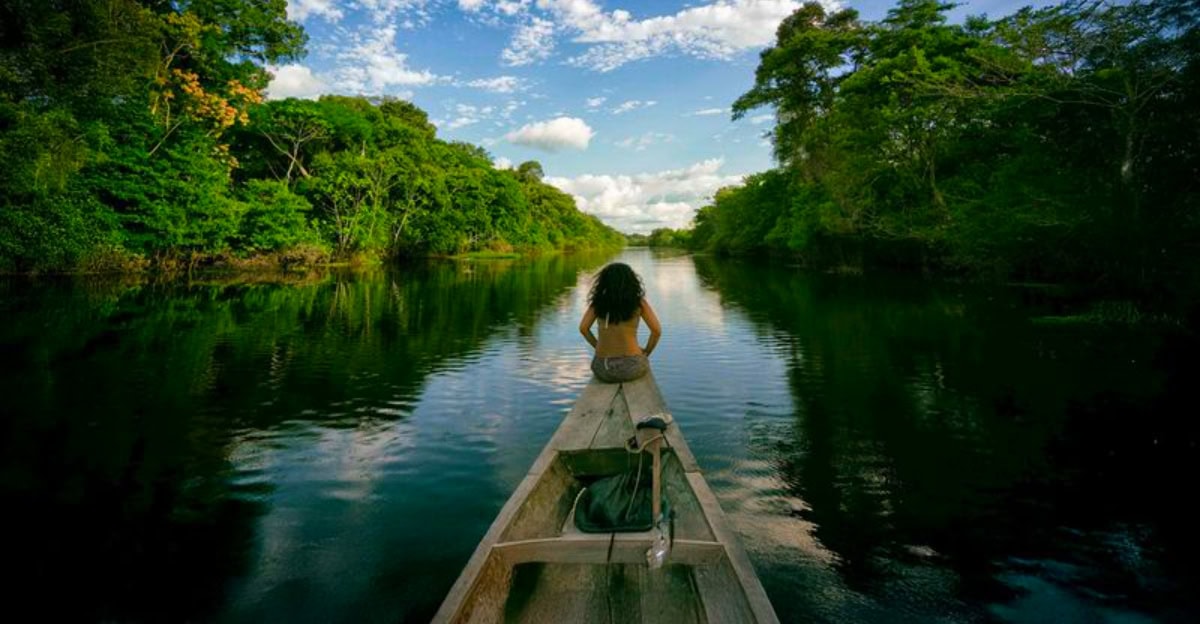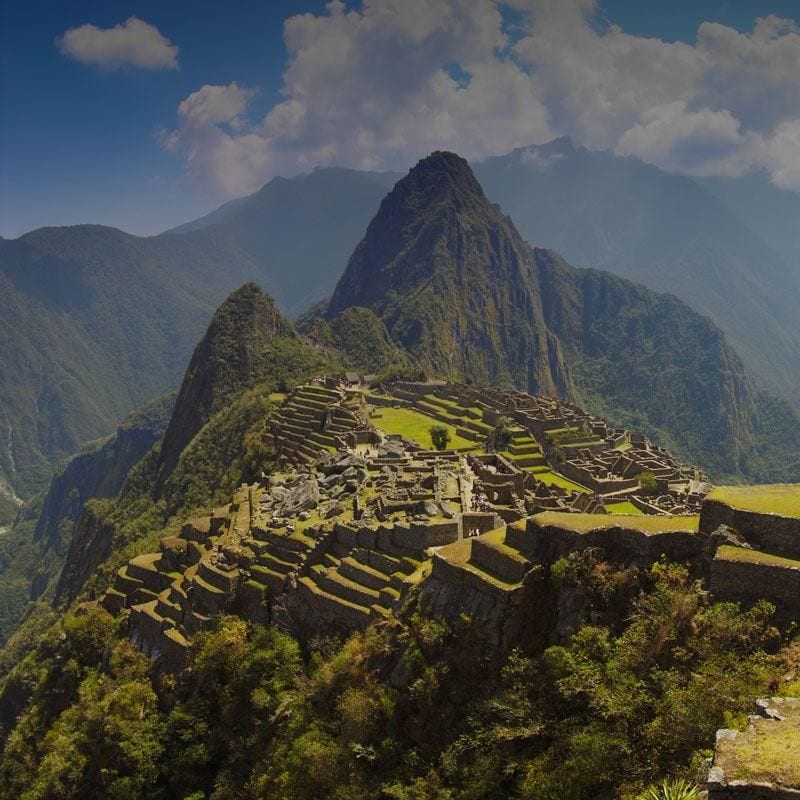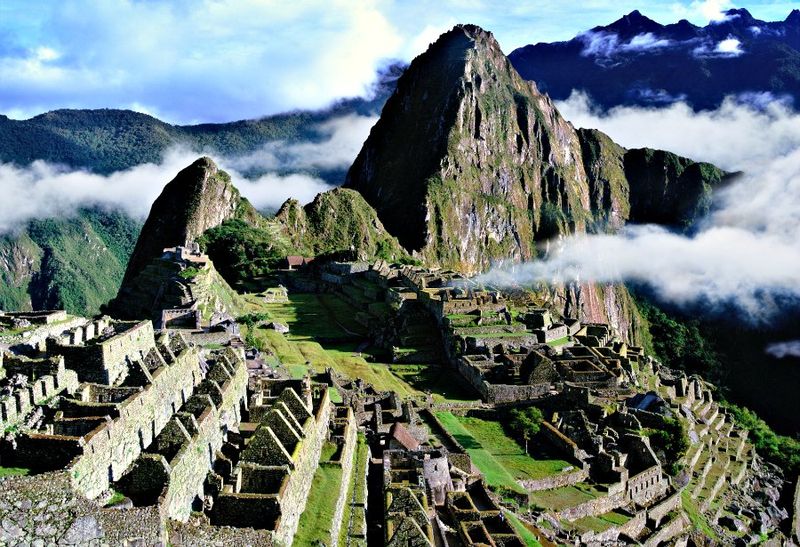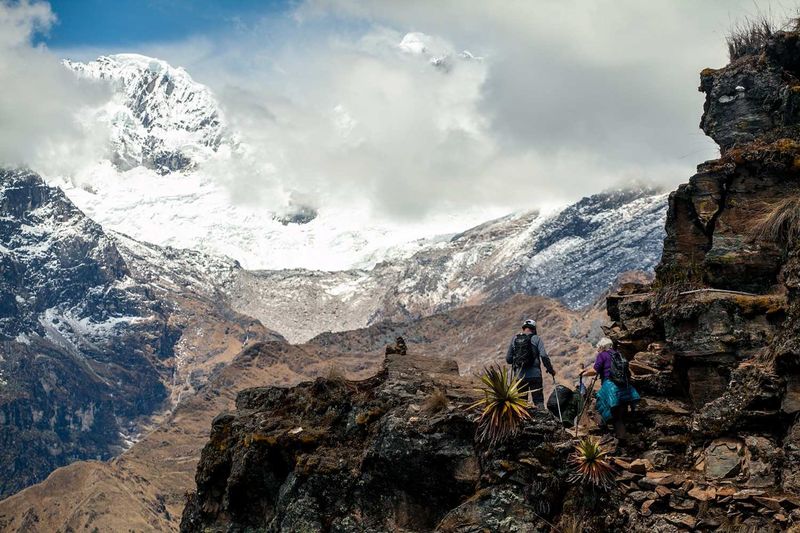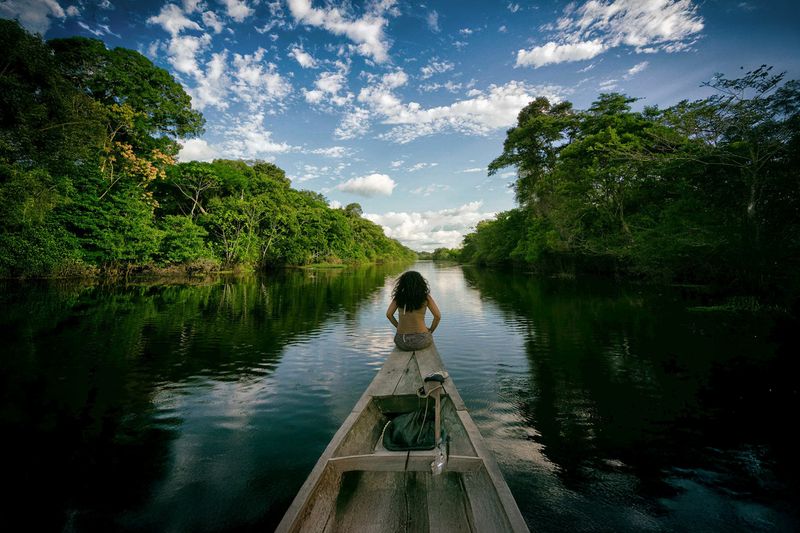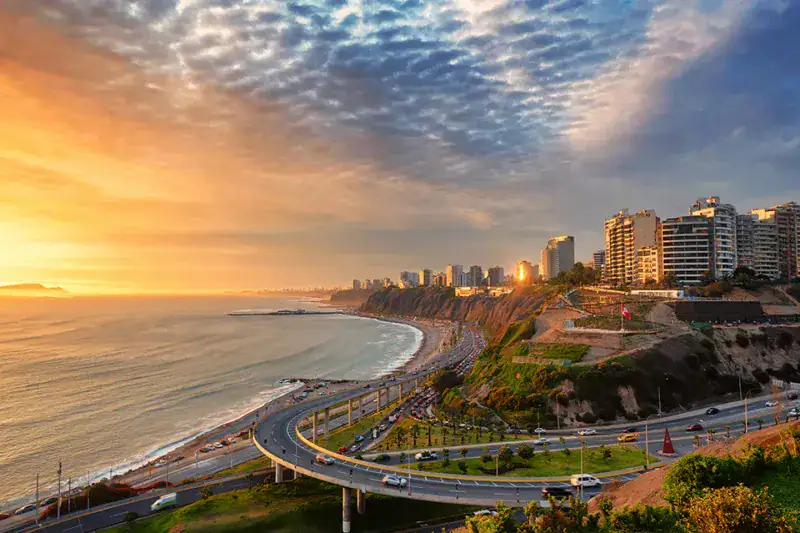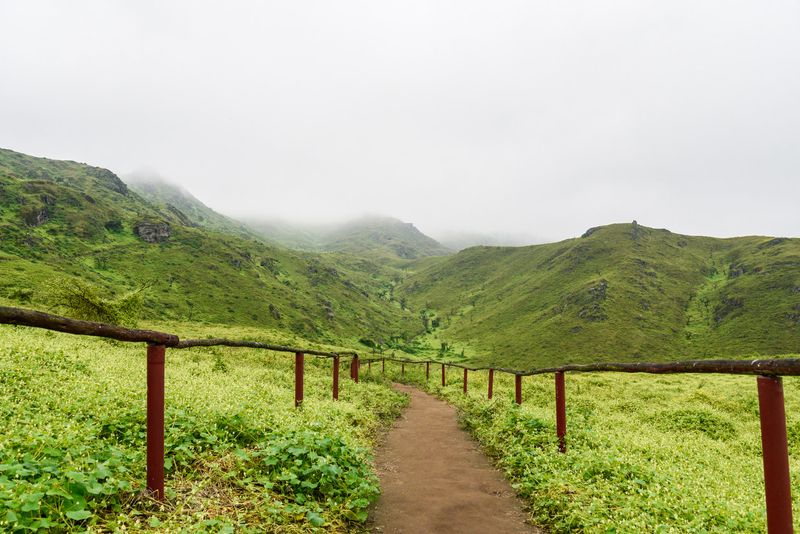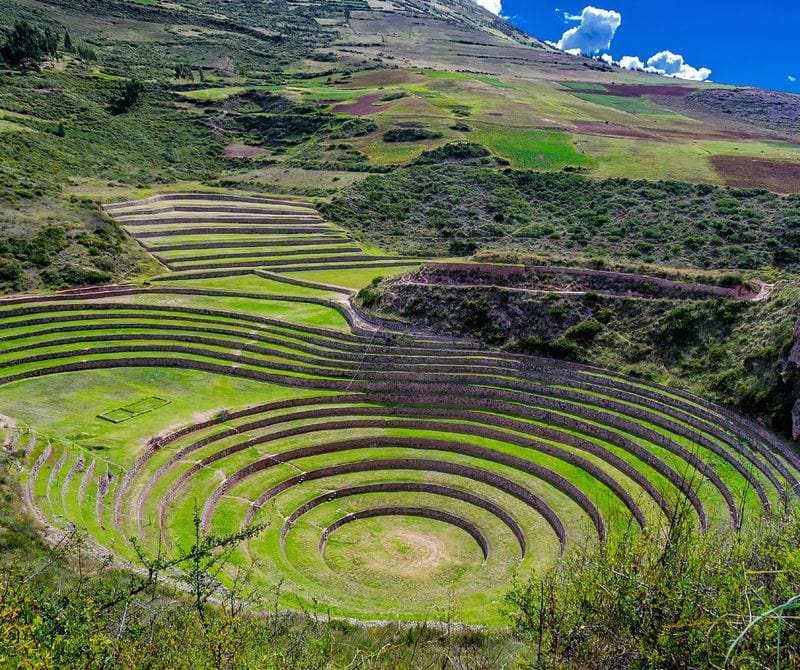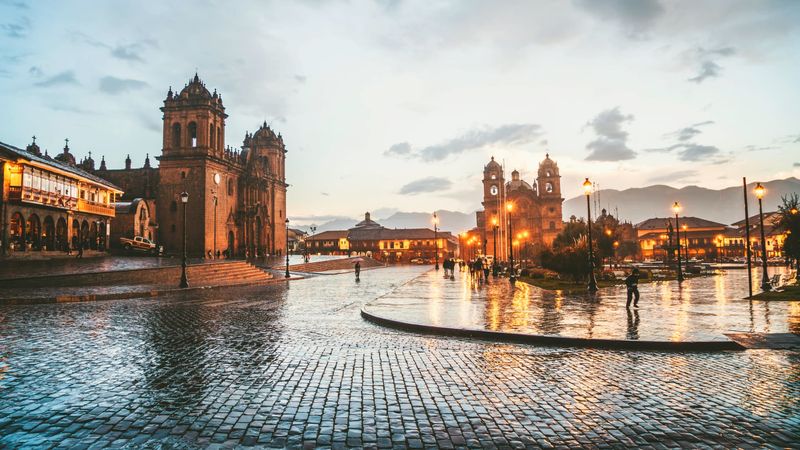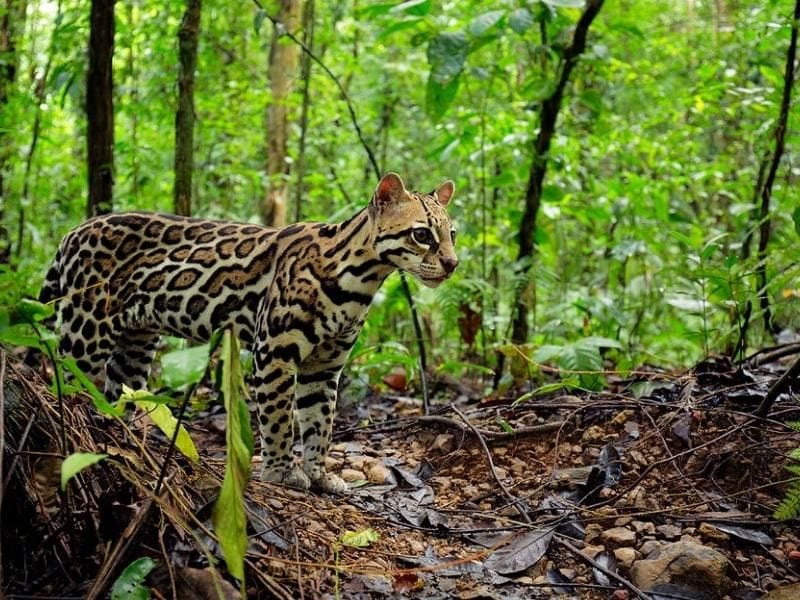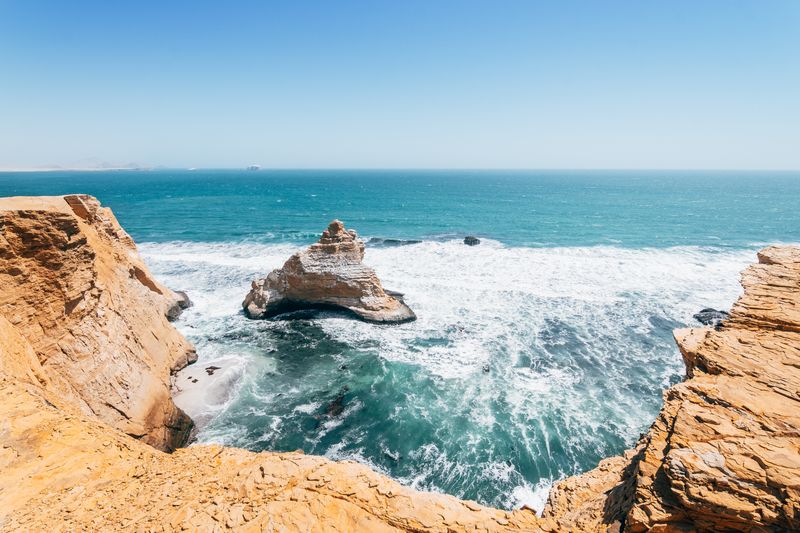Peru offers incredible adventures year-round, but fall months from September through November create the perfect sweet spot for travelers. During this time, you’ll experience fewer crowds, better weather conditions, and unique seasonal attractions that make your trip truly special. From ancient ruins to whale watching, Peru’s diverse landscapes shine brightest when autumn arrives in the Northern Hemisphere.
1. Peak Shoulder Season Brings Fewer Crowds and Better Prices
September through November represents Peru’s golden shoulder season, offering the best of both worlds for smart travelers. Popular destinations like Cusco and Lima see significantly fewer tourists compared to the packed winter months of June through August.
Hotel rates drop by 20-30% during this period, and restaurant reservations become much easier to secure. Train tickets to Machu Picchu show better availability, and tour guides have more flexible schedules.
Local markets feel more authentic without overwhelming tourist crowds, giving you genuine interactions with Peruvian vendors and artisans who have more time to share their stories.
2. Machu Picchu Reaches Peak Conditions in Early Fall
Travel experts consistently rank September through October as the absolute best months for visiting Machu Picchu. The heavy rainy season hasn’t started yet, keeping trails dry and views crystal clear.
Morning fog lifts earlier during these months, revealing the ancient citadel in all its glory by sunrise. Photography conditions remain ideal with dramatic cloud formations that don’t obscure the ruins.
Special circuits like Huayna Picchu Mountain still require advance booking, but permits are easier to obtain than during peak winter months. Weather patterns stay predictable, reducing the chance of disappointing cloudy visits.
3. Andes Trekking Offers Perfect Trail Conditions
October delivers ideal conditions for high-altitude adventures around Cusco and the Sacred Valley. Nighttime temperatures become more comfortable compared to the bone-chilling winter months, making camping trips much more enjoyable.
Trail surfaces remain firm and stable before November’s heavier rains arrive. Popular routes like the Salkantay Trek and Choquequirao offer stunning views without muddy, slippery conditions.
Daylight hours provide perfect hiking weather with warm sunshine and cool mountain breezes. Local guides report this as their favorite season for leading groups through Peru’s spectacular mountain landscapes.
4. Amazon Adventures Expand During Low-Water Season
From June through November, the Peruvian Amazon enters its fascinating low-water period, opening up completely different exploration opportunities. Rivers recede to reveal firm hiking trails that remain underwater during flood season.
Wildlife viewing improves dramatically as animals concentrate around smaller water sources. Jungle walks become possible on solid ground, letting you explore deeper into the rainforest ecosystem.
While boat access to some remote areas becomes limited, many travelers prefer the relatively drier conditions and expanded land-based activities. Mosquito populations also decrease significantly during this period, making outdoor adventures much more comfortable.
5. Lima’s Spring Season Brings Pleasant Coastal Weather
Lima’s notorious garúa fog season begins lifting in November, creating perfect conditions for exploring Peru’s sophisticated capital city. Temperatures remain mild and comfortable for walking tours through historic neighborhoods.
World-class restaurants in Miraflores and Barranco districts offer outdoor seating as skies start clearing. Museum visits become more enjoyable without the heavy crowds of summer vacation periods.
Coastal districts like Chorrillos and La Punta provide beautiful sunset views as the weather transitions toward brighter days. Local markets and artisan fairs operate in pleasant conditions, perfect for souvenir shopping and cultural exploration.
6. Desert Oasis Blooms at Lomas de Lachay
One of Peru’s most magical natural phenomena occurs exclusively during fall months at Lomas de Lachay, just north of Lima. Coastal fog transforms barren desert hills into vibrant green landscapes covered with wildflowers.
This unique ecosystem depends entirely on moisture from Pacific fog, creating a temporary paradise between June and October. September and October offer peak blooming conditions with the most diverse plant life.
Hiking trails wind through this surreal fog-fed oasis, providing incredible photo opportunities and a completely unexpected desert experience. Local wildlife emerges during this brief growing season, including colorful birds and small mammals.
7. Humpback Whale Season Peaks Along Northern Coasts
Peru’s northern beaches from Tumbes to Piura become prime whale-watching destinations during fall months. Humpback whales arrive in July and remain through October, with some individuals staying into early November.
These magnificent creatures travel thousands of miles to breed and give birth in Peru’s warm Pacific waters. Boat tours from popular beach towns like Máncora and Los Órganos offer incredible close-up encounters.
Peak activity occurs during September and October when mothers with new calves can be spotted from shore. Professional whale-watching guides report the highest success rates during these months, with multiple whale sightings per trip.
8. Cultural Celebrations Create Unforgettable October Experiences
October transforms Lima into a sea of purple as the city celebrates Señor de los Milagros, one of South America’s largest religious processions. This month-long festival provides incredible cultural immersion opportunities for visitors.
Massive processions wind through Lima’s historic center, featuring elaborate floats and thousands of devoted participants. Local families invite travelers to join traditional meals and celebrations throughout the month.
Early November continues the cultural richness with Day of the Dead traditions, where Peruvian families honor ancestors with colorful cemetery gatherings. These authentic celebrations offer respectful ways to experience Peru’s deep spiritual traditions and community bonds.
9. Sacred Valley Agriculture Showcases Ancient Farming Techniques
Harvest season brings the Sacred Valley to life with colorful terraced fields displaying Peru’s agricultural heritage. Ancient Incan farming methods remain unchanged, creating a living museum where visitors witness traditional potato and quinoa cultivation firsthand.
Local communities welcome travelers during this productive time, sharing knowledge passed down through generations. The golden fields create stunning photography opportunities against dramatic Andean backdrops.
Markets overflow with fresh produce, allowing visitors to taste dozens of native potato varieties and other indigenous crops rarely found elsewhere in the world.
10. Colonial Architecture Photography Benefits from Crisp Fall Light
Cusco’s colonial buildings shine under autumn’s clear skies, creating ideal conditions for architectural photography. The reduced humidity eliminates hazy conditions that often obscure intricate stonework details during other seasons.
Professional photographers and casual visitors alike appreciate how fall lighting enhances the contrast between Spanish colonial facades and underlying Incan foundations. Morning light particularly illuminates the famous twelve-angled stone and surrounding historic structures.
Walking tours become more comfortable without intense summer heat, allowing extended exploration of narrow cobblestone streets and hidden courtyards throughout the historic center.
11. Wildlife Spotting Peaks in Manu National Park
Amazon wildlife becomes increasingly active during fall’s transitional period, making Manu National Park a naturalist’s dream destination. Animals congregate near water sources as seasonal patterns shift, improving viewing opportunities significantly.
Bird migration overlaps create spectacular diversity, with both resident and visiting species present simultaneously. Jaguar sightings increase as territorial behaviors intensify before mating season begins.
Reduced rainfall allows deeper jungle penetration via previously inaccessible trails, opening remote areas where undisturbed wildlife thrives. Early morning excursions reveal maximum animal activity in comfortable temperatures.
12. Paracas Peninsula Offers Prime Marine Wildlife Encounters
Sea lion colonies reach peak activity along Paracas Peninsula’s rocky shores during autumn months. Pup births create dynamic family interactions that captivate wildlife enthusiasts and photographers seeking authentic marine experiences.
Boat excursions encounter diverse seabird populations, including pelicans, boobies, and cormorants in massive feeding frenzies. The famous Ballestas Islands showcase Peru’s incredible marine biodiversity without crowds typical of peak tourist seasons.
Calm ocean conditions make boat trips comfortable for all ages, while clear skies provide excellent visibility for spotting dolphins and occasional whale pods migrating through coastal waters.
